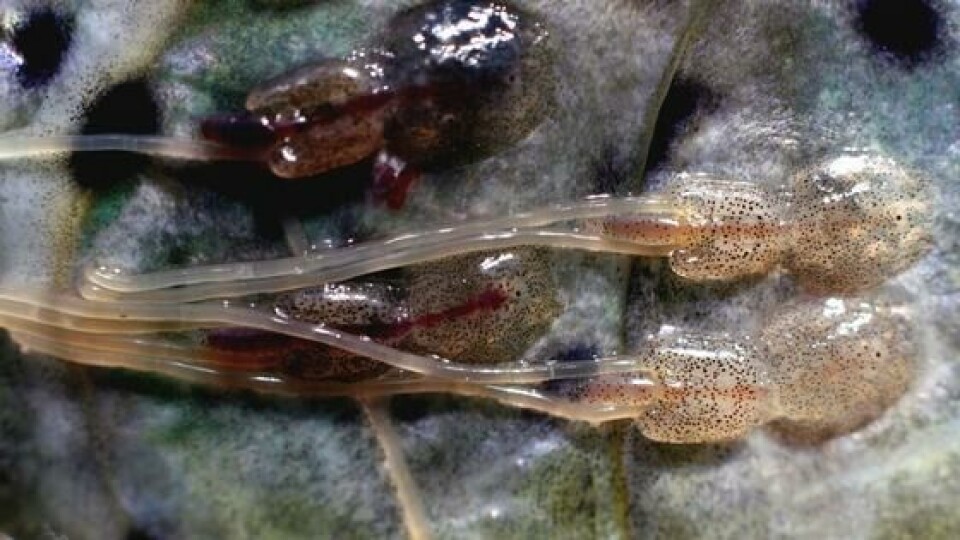
Licence to chill: can cold water be the next weapon against sea lice?
Scientists from Norway and Australia who tried using very cold water to remove lice from salmon saw a positive effect in combatting the parasite but a negative effect on animal welfare.
Thermal treatment with warm water has become a common method for the control of sea lice. It is not completely effective to eliminate all stages of the louse, but it is estimated that it can eliminate between 75% and 100% of mobile lice.
A disadvantage is that warm water treatment can cause different consequences that affect the welfare of the fish after treatment. Although treatment with warm water is frequently used, the opposite approach - treatment with cold water – has until now not been investigated.
Rapid temperature decrease
The optimal thermal range for sea lice is unknown, however, it is known that they require temperatures of 4°C upwards to successfully complete their life cycle, and that under this temperature, mature females, eggs and larvae fail to reach the infective stage.
Despite that, little is known about how lice cope with a rapid decrease in temperature and whether this could cause mortality or reduce their ability to remain anchored to salmon.
With this background, researchers from the University of Melbourne, Australia, and the Institute of Marine Research, Norway, analysed whether temperature-specific treatment with cold water is a viable strategy as an antiparasitic method.
Fewer lice but more damage
To do this, they exposed fish infected with Lepeophtheirus salmonis to a rapid transfer from 15°C to several low temperatures of treatment for different durations and also analysed if there was any damage in the fish that was detrimental to animal welfare.
The researchers tested the effects of cold water treatment in the short term (0.5 and 10 min) and in the long term (30 and 240 min) at temperatures of -1, 1 or 5°C divided into 8 groups.
“The treatments with water at -1°C for 10 minutes and 1°C for 240 minutes reduced the loads of mobile lice but created more damage to the skin and eyes than the control treatments,” the authors said.
Industrial-scale research required
They also stated that despite having a potential as a control method, the long-term effects on the welfare of the fish and the possible evolutionary impacts on the thermal tolerances of lice should be considered together with their use.
“Our results on the antiparasitic and welfare effects require detailed research on an industrial scale, since agglomeration, pumping and passage of fish through treatment units add additional and possibly synergistic effects in the elimination of lice and pose more risks of animal welfare,” they concluded.
Read the abstract entitled Thermal delousing with cold water: Effects on salmon lice removal and salmon welfare here.























































